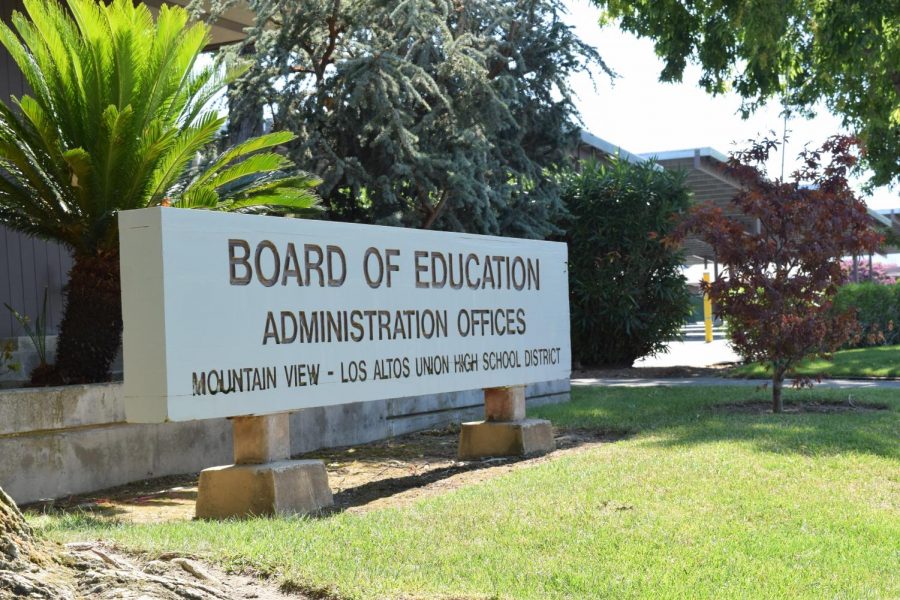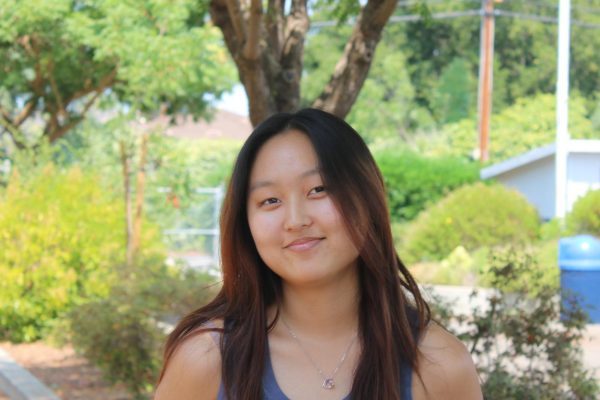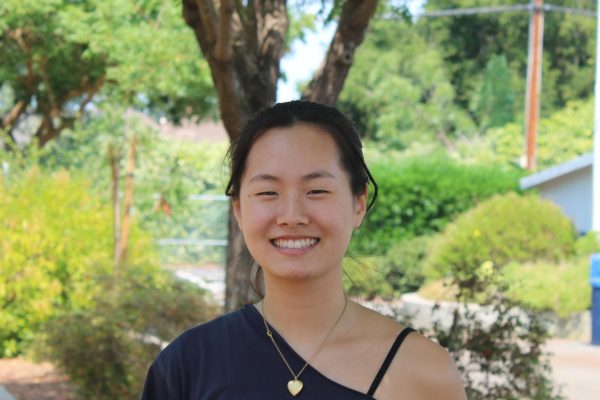A closer look at the Family Partnership Council
The Family Partnership Council has been formed this year to improve communications between the MVLA Board and the community.
The Family Partnership Council (FPC) — a program facilitated by the Mountain View–Los Altos School District — aims to form closer relationships and bridge communication between parents and District staff. Their second meeting will come in April of this year.
Prior to the FPC, Community Outreach Specialist Michelle Bissonnette said that parents and community members reported frustration due to restrictive regulations in the District Board. One of the main frustrations was the fact that the District Board cannot discuss any concerns or comments made at a Board meeting that were not already included on the agenda.
However, with the creation of the FPC this school year, parents will be able to voice their opinions as official members of the council, instead of simply participating through public comments. This allows them to freely communicate with District staff and two Board members to address any potential concerns at Board meetings.
“A big part of what the FPC was born out of was wanting to really honor the parents in our community that are giving their time and energy and giving them a seat at the table,” Bissonnette said.
The sustained involvement with both parents and District staff will hopefully lead to stronger connections and communication within these groups, according to Bissonnette, as well as meaningful discussions about school improvement.
“The FPC was really born out of watching what happened to our community [during the COVID-19 pandemic],” Bissonnette said, commenting on the fact that the MVLA community had struggled to unify during quarantine.
In order to achieve optimum communication with the community, the MVLA staff elected and appointed parent leaders from various groups. Some of these organizations include the Latino Parent Organization, Latinos Unidos Caminando Hacia Adelante (LUCHA), Athletic Boosters, Parent Teacher Student Association, English Learner Advisory Committee (D/ELAC) and more.
According to Bissonnette, their focus on the elected groups lay in marginalized groups, especially the Latino community.
“That’s where we’ve had the hardest time understanding their needs, in an acute way,” she said. “And that’s our work, we need to do that.”
Other members of the FPC include District administrators, site administrators, California School Employees Association (CSEA) and District Teachers’ Association (DTA) presidents, Board of Trustees representatives and staff members.
During the first session, Bissonnette presented a rubric of a school-based on the levels of partnership with the community and the school. The parents then proceeded to share methods they believed the school could use to move to higher levels of partnership. The categories included power-sharing, advocacy and addressing diversity within the District schools.
“I really liked the meeting, I think that if we practice what we talked about we are on a successful path,” said El Cafecito Latino Parent Organization Representative Semi Gubriel.
FPC members at large will hold term for three years, though the 2021–22 school year will be considered a partial year due to the FPC’s late start. New applications will be reviewed on an as-needed basis at the end of each term, as vacancies arise.
Bissonnette says that the members at large and elected members “don’t differ in terms of their function at all.” Several groups such as PTSA, LUCHA, DE/LAC and more were invited because they were elected members.
“The members at large are an opportunity for people in the community, parents, who are interested in being on the council that didn’t have a leadership role, per se,” said Bissonnette.
The goals for the FPC in the next year are blurry, as Bissonnette says it is still premature to solidify them. Her main focus is currently geared towards helping the council to form goals and build rapport with each other.
“Right now, we’re foundation building, capacity building, trying to get everybody on the same level of understanding,” Bissonnette said. “We need to establish ‘what is the focus?’ and ‘how do you work as partners?’ because we’re forging new territory.”





